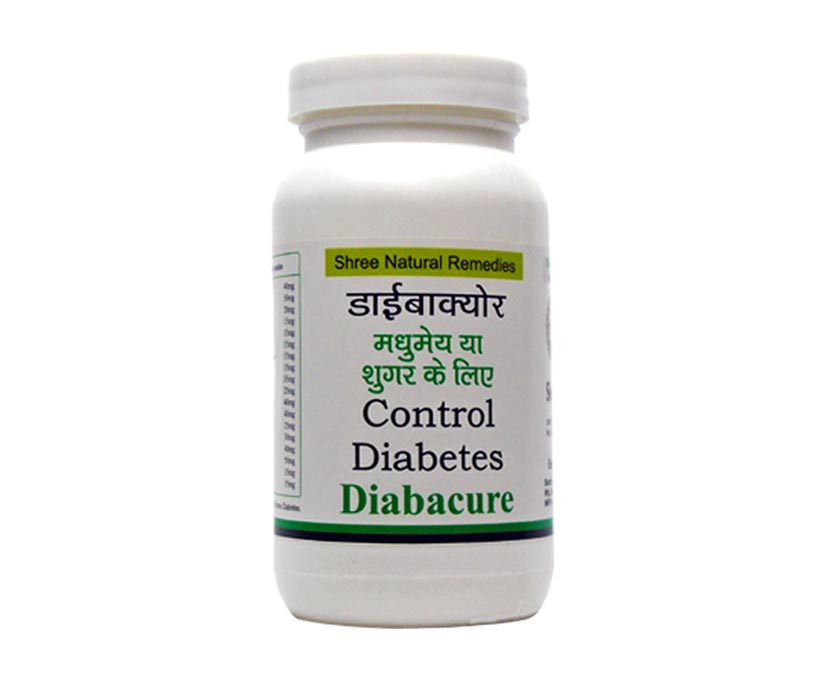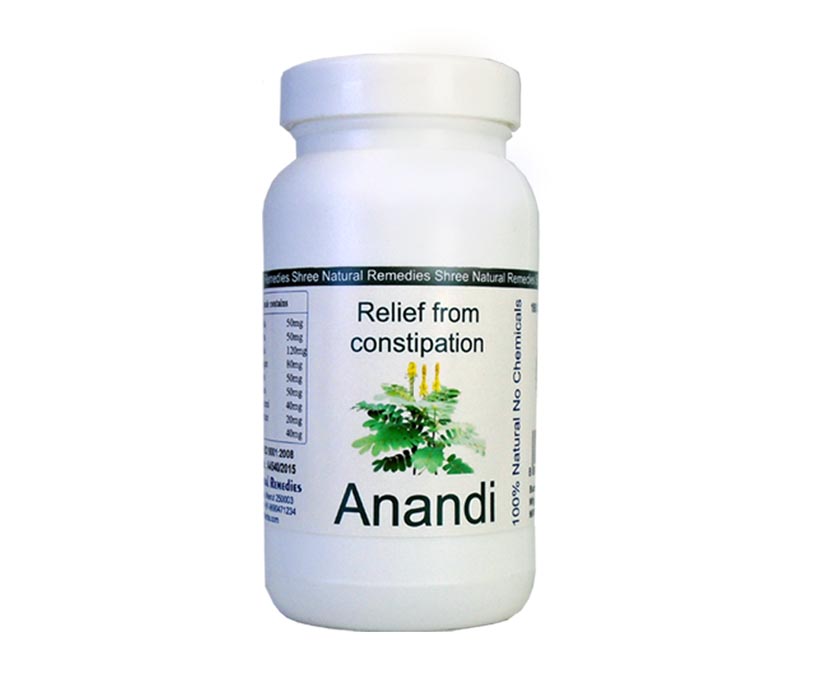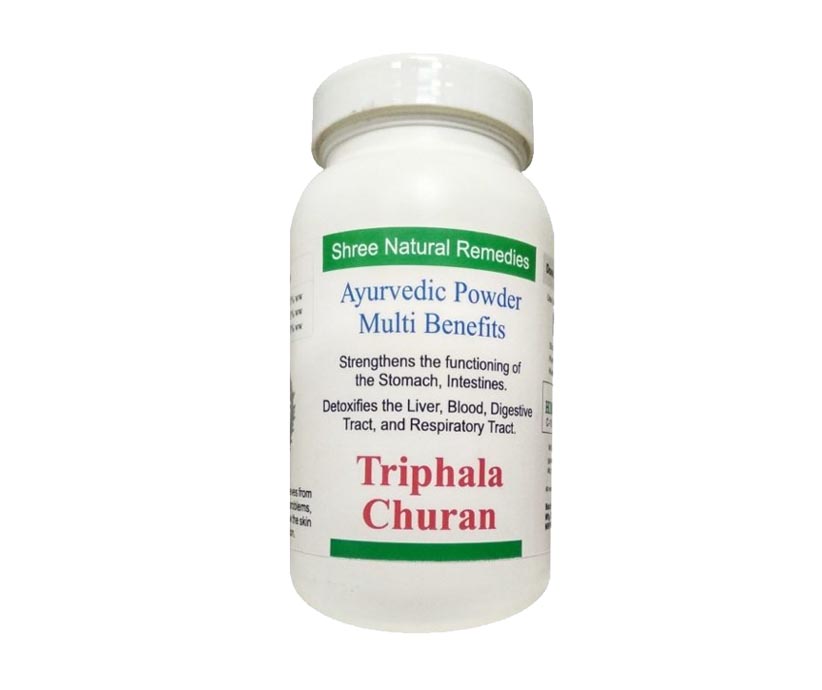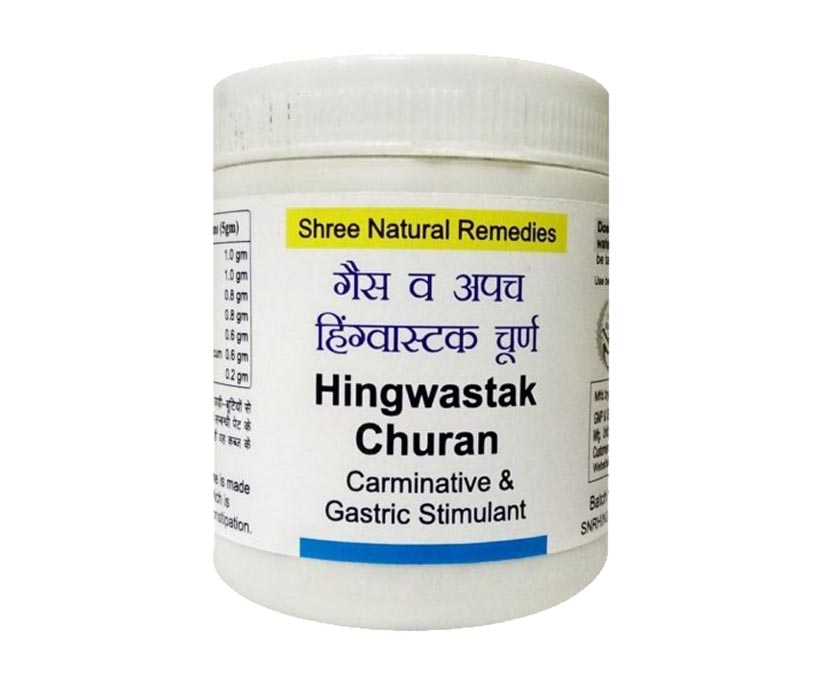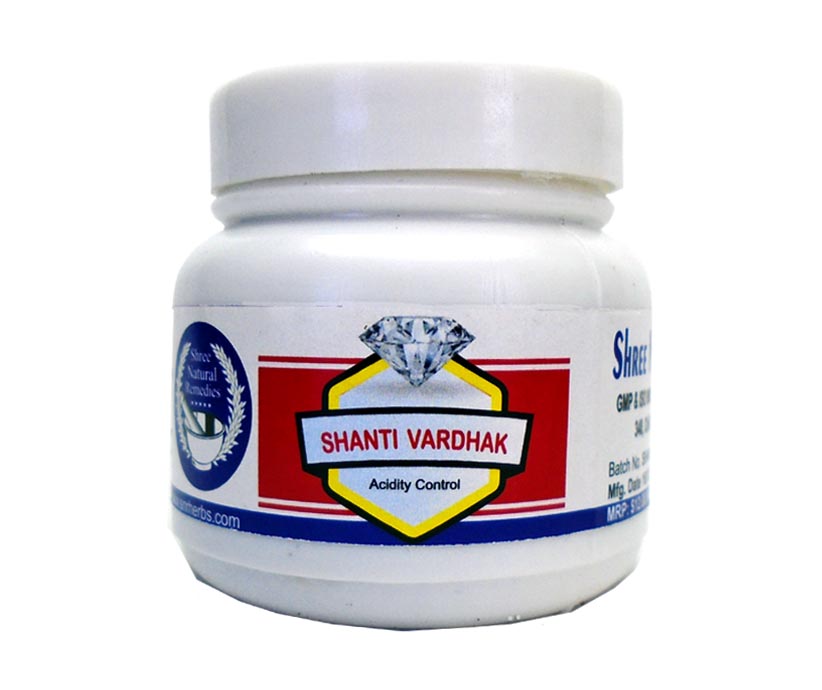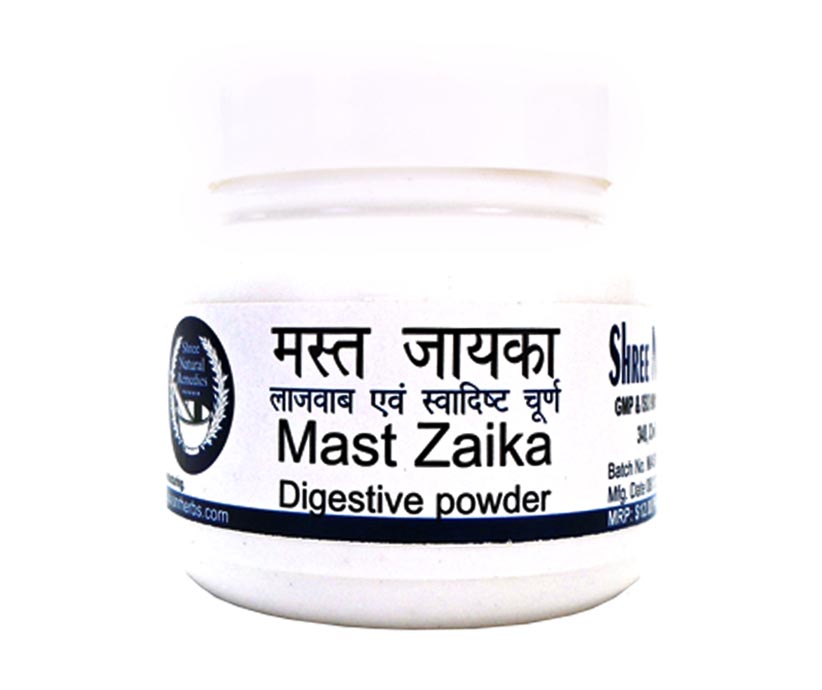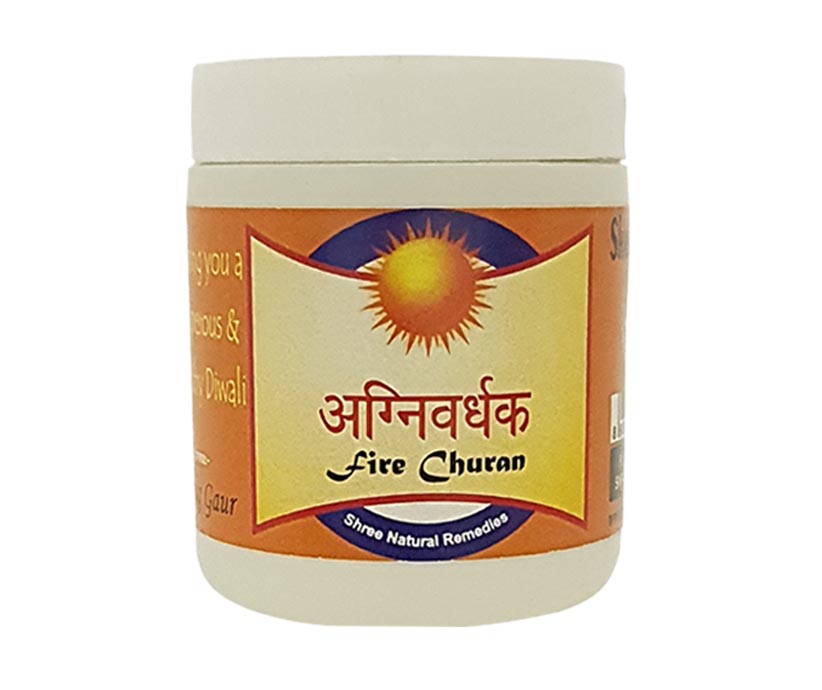Digestive System Support
Ayurveda has described an important factor of digestion and metabolism in our body as Agni. Ingested food is to be digested, absorbed and assimilated, which is unavoidable for the maintenance of life, and is performed by Agni. In Ayurveda, the term “Agni” is used in the sense of digestion of food and metabolic products.
Agni converts food in the form of energy, which is responsible for all the vital functions of our body. Therefore, Ayurveda considers that Dehagni is the cause of life, complexion, strength, health, nourishment, lusture, oja, teja (energy) and prana (life energy)
According to modern medicine, metabolic processes, division and multiplication are going on in all cells (dhatu paramanu) of our body from birth till death.
According to Charak, the constituent parts of the body, if further divided into the atoms, are sure to become innumerable, as such cells or atoms are exceedingly numerous, very minute and ultra sensory. In the conjunction and disjunction of cells, the activating factors are Vata and the nature of action. The biological energy which is essential for living organism is provided by Agni in Ayurveda.
Types of Agnis
They are classified into three groups, namely Jatharagni, Bhutagni and Dhatvagni.
Jatharagni
Jatharagni is the Agni or bioenergy present in the Jathara (stomach and duodenum). It is responsible for the duration of life, health, valour, ojas (essence of the dhatus), strength of all the bhutagni and dhatvagni. The strength of the grahani (duodenum) is from Agni itself, and the strength of Agni is from grahani. When the Agni undergoes vitiation, grahani also gets vitiated and produces diseases.
Jatharagni is considered to be the most important because each and every nutrient that one ingests first comes to the Jathara and is subjected to the action of Jatharagni. Jatharagni digests the food materials that consist of the five basic elements and transforms it for utilization by the respective Dhatus paramanus (tissues).
Jatharagni is also responsible for separation of the food material into the essence portion (Prasad) and the waste products (kitta) in our body. If the Jatharagni is hyperactive (Tikshna) or hypoactive (Manda), it will cause an excessive or retarded action of the Dhatvagni. This disturbed action ultimately leads to various disorders.
Jatharagni is also classified into four categories

a) Samagni: The Samagni digests and assimilates food properly at the proper time. This thus increases the quality of the Dhatus (supportive tissues of the body). Persons having Samagni are always hale and healthy.

b)Vishamagni: This type of Agni changes between digesting food quickly and slowly. When this Agni is affected by the Vata Dosha, it creates different types of udargata roga.

c)Tikshnagni: Tikshnagni is a state of very quick digestion of food, regardless of the type of food. Acharya Shushrut states that when the power of digestion is increased from normal to above normal, food digests very quickly and produces hunger or the desire for food. When food is digested, the throat, the mouth cavity and the lips become dry with a burning sensation. This condition is known as “Bhasmak Roga” according to Ayurveda.

d)Mandagni: “Mand” means slow. The meaning of the Mandagni is slow digestive power or digestive capacity. Those who are having Mandagni eat very little and are unable to digest the smallest amount of food. Dhanvantri says that Agni digests the least amount of food in the greatest amount of time.
Bhutagni
Bhutagni is the one that is present in a basic element (Bhutas). There are five Agnis in each of the five basic elements, namely –Parthiva (earth), Apya (water), Tejas (Agni), Vayavya (vayu) and Nabhasa (akash).

Each and every cell in our body is composed of the five mahabhutas or five basic elements. Naturally, each cell (dhatu paramanu) consists of these five Bhutagni also. All the nutrients in this world that we eat also consist of the same five basic elements with their respective Agni or bio energies. Thus, they are completely similar with respect to the five basic elements with their Bhutagni in our body cells as well in the entire outside nutrient that we ingest for the nutrition of our body.
Dhatvagni
All the seven Dhatus (seven element tissues of the body) contain their own Agni to metabolize the nutrient materials supplied to them through their own Srotas (sources).
1. Rasagni present in the Rasa Dhatu. (Blood plasma)
2. Raktagni present in the Rakta Dhatu.(Blood cells)
3. Mamsagni present in the Mamsa Dhatu.(muscle cells)
4. Medagni present in the Meda Dhatu.(Adipose tissue Fat cells)
5. Asthyagni present in the Asthi Dhatu.( Bone cells)
6. Majjagni present in the Majja Dhatu.(Nerve cells)
7. Shukragni present in the Shukra Dhatu.(Reproductive cells)
That's the reason we use to take different types of food to fulfil the requirement of seven dhatus.
Our age old medicine science knows this 5000 years before the advancement of modern medical science.
Digestive Churan by Shree Natural Remedies:-
Agnivardhak Churan
Hingwashtak Churan
Mast Jayeka Churan
Shanti Vardhak Churan
Triphala Churan

